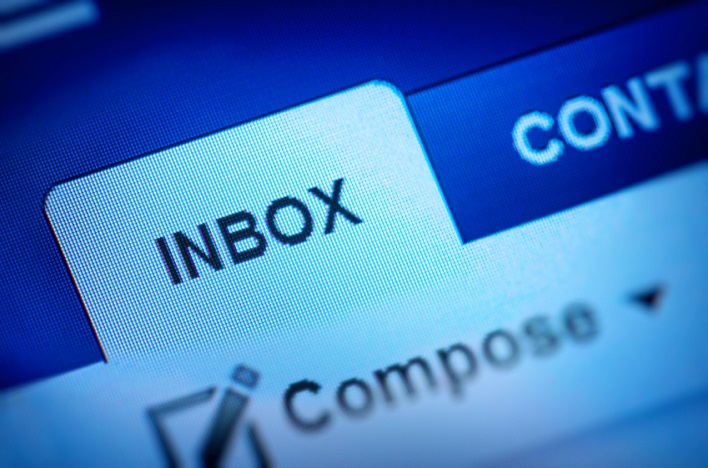It’s all about building the customer relationship.
Email marketing isn’t about blasting messages to a database in the same way effective sales isn’t about cold-calling. It’s about building relationships with your customers and potential customers. If you approach email marketing with this perspective, you will see much better results.
To develop a relationship, here are three emails you should have in your email marketing campaigns.
1. Welcome Email
When somebody joins your list, the first thing that person should receive is a welcome email from you. With many email platforms, you can set these messages to be sent automatically whenever somebody signs up.
This email should introduce the subscriber to you and your business. Tell your story through words or video. If you promised something such as a download or a coupon code, send this in the welcome email.
It’s also important to let them know what to expect from you. Let them know the benefit they will receive from being on your list.
2. Specific Offer Email
Believe it or not, your subscribers want to receive relevant and compelling offers to buy products or services from you, or they wouldn’t have subscribed in the first place. They want something you have or want help you can provide.
Send them offers they can’t refuse. The offer must be specific to that audience to be effective. It’s also important to include a call to action and make it easy for that person to take the next step with your business.
3. Content Emails
Send an email at least once a week with information that would be valuable to your customer. Every business is different, so what’s valuable to your audience varies. For example, in the health, wellness and fitness niche, this would include recipes, workout plans, instructional videos, etc.
And it’s okay to include an offer at the end!
What Should Your Emails Contain?
Less is more // Your emails should have a balance of text and images. If your email is 100 percent text with no branding elements, it will probably get marked as spam because people won’t immediately know who the email is from.
If you go too heavy on fancy design elements such as animated GIFs and complex layouts, your email is more likely to be picked up as spam, or these images may not display correctly because of huge file sizes.
Your email must be mobile compatible // Too many email marketers choose a fancy design that does not scale well for mobile devices. From my experience, upwards of 60 percent to 70 percent of your email opens will be from a mobile device. If your email is not optimized for a mobile display, you are alienating a significant portion of your audience.
Keep your copy simple // Be clear and concise. Make sure your audience understands how the information in your email is beneficial to them and provide them with the next steps they can take.
Include a call to action // Always, always, always include a call to action. The call to action is to click a link, watch a video, register for an event, buy a product, etc. Tell subscribers what you want them to do.
When You Should Send Emails
It depends on your audience. Think about when your audience members check their email, where they check their email and the device they typically use to check their email.
Most emails are read within four hours of being sent, so imagine where people will be and what they will be doing in the four hours after sending your email.
A good email marketing platform will capture this information for you and will even calculate times and specific days when you are likely to see the highest open rates.
Also, you should determine the right days and frequency during the week for your emails. If your business is heavily focused on education, you may be able to get away with sending an email every day. If you company is heavily promotion based, you may need to send an email no more than once or twice a week.


